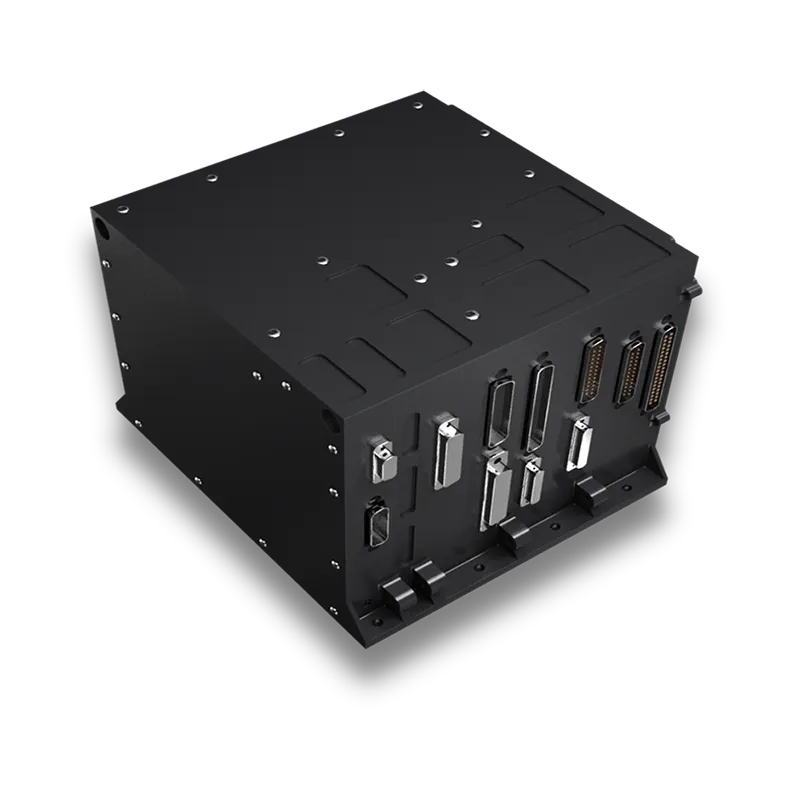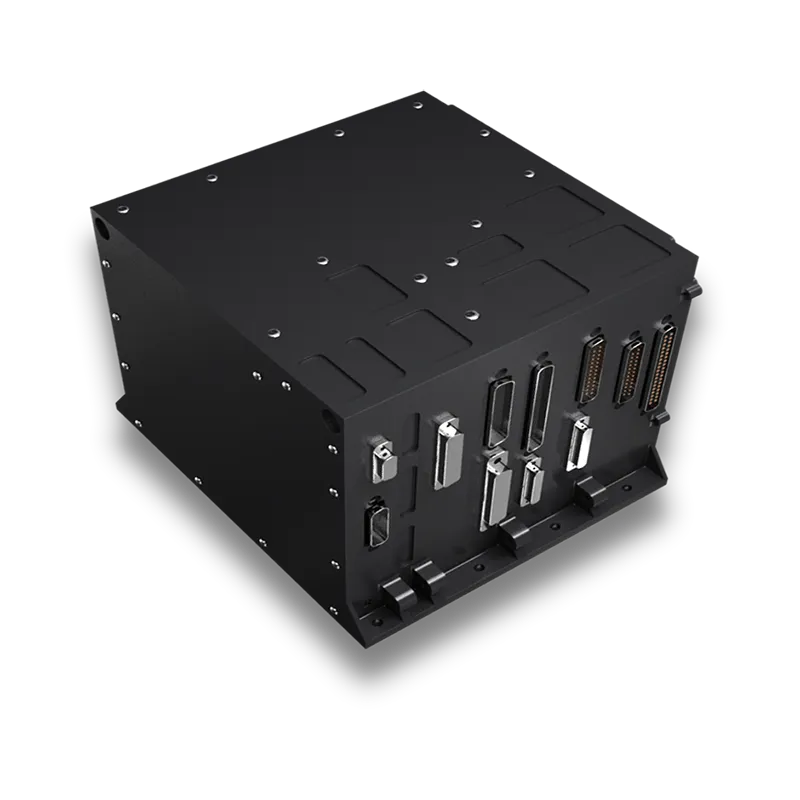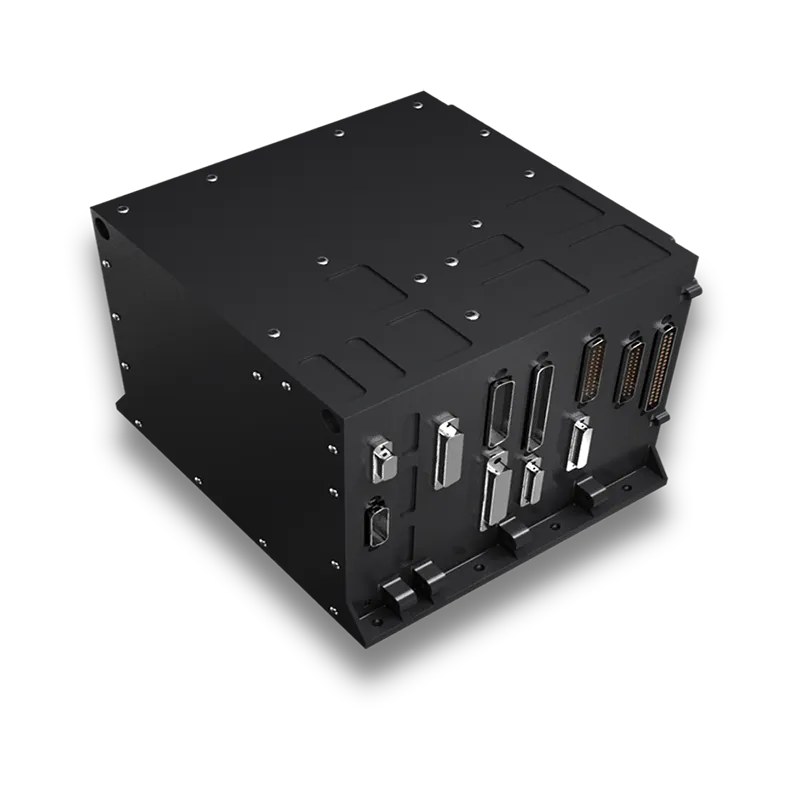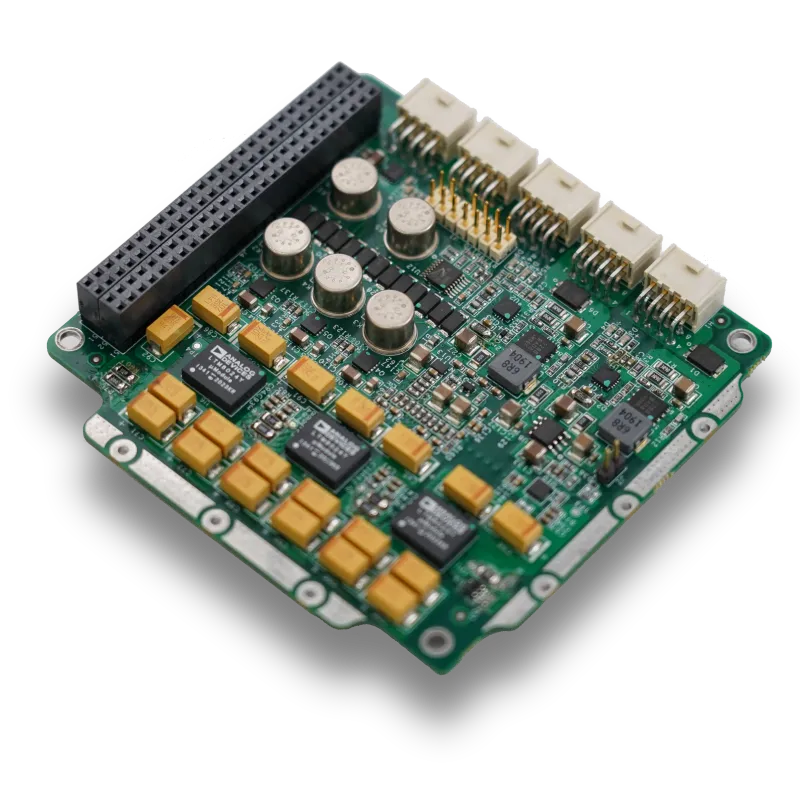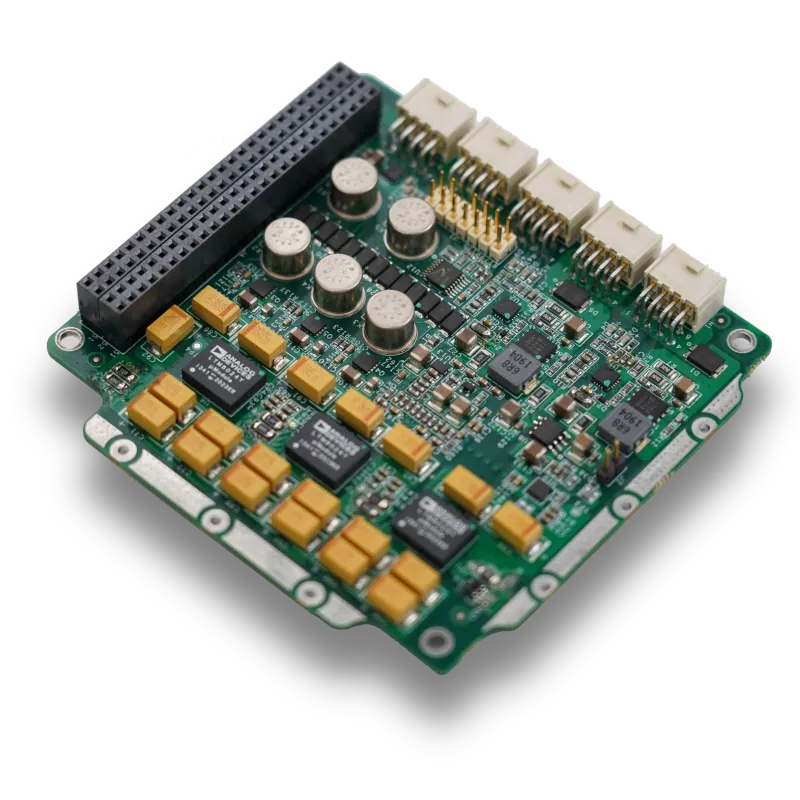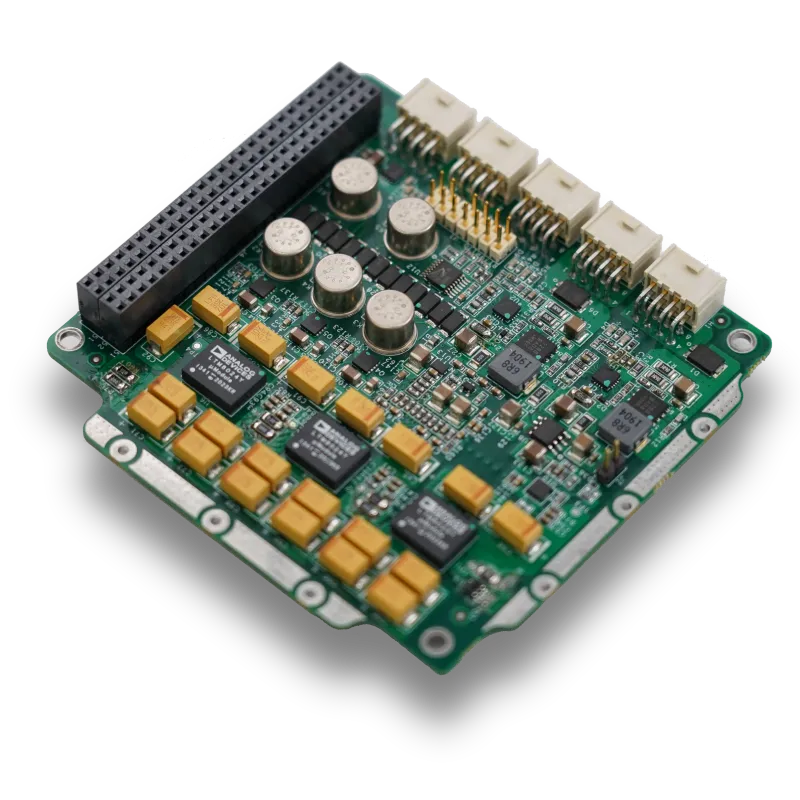
- afrikanska
- albanska
- amhariska
- arabiska
- armeniska
- azerbajdzjanska
- baskiska
- vitryska
- bengaliska
- bosniska
- bulgariska
- katalanska
- Cebuano
- Kina
- korsikanska
- Kroatisk
- tjeckiska
- danska
- holländska
- engelska
- esperanto
- estniska
- finska
- franska
- frisiska
- galiciska
- georgiska
- tyska
- grekiska
- Gujarati
- haitisk kreol
- Hausa
- hawaiianska
- hebreiska
- Inga
- Miao
- ungerska
- isländska
- igbo
- indonesiska
- irländsk
- italienska
- japanska
- javanesiska
- Kannada
- kazakiska
- Khmer
- rwandiska
- koreanska
- kurdiska
- kirgiziska
- Arbetskraft
- latin
- lettiska
- litauiska
- Luxemburgiska
- makedonska
- Madagaskar
- malajiska
- Malayalam
- maltesiska
- Maori
- Marathi
- mongoliska
- Myanmar
- nepalesiska
- norska
- norska
- occitanska
- Pashto
- persiska
- polska
- portugisiska
- Punjabi
- rumänska
- ryska
- Samoan
- skotsk gaeliska
- serbiska
- engelska
- Shona
- Sindhi
- singalesiska
- slovakiska
- slovenska
- somaliska
- spanska
- Sundanesiska
- Swahili
- svenska
- Tagalog
- tadzjikiska
- Tamil
- tatariska
- Telugu
- Thai
- turkiska
- turkmeniska
- ukrainska
- Urdu
- Uigur
- uzbekiska
- vietnamesiska
- walesiska
- Hjälp
- jiddisch
- Yoruba
- Zulu
Satellite Components and Their Role in Communication Systems
Satellite components form the backbone of modern space-based communication networks, enabling data transfer, broadcasting, navigation, and scientific research. Whether discussing large geostationary satellites or compact CubeSats, each satellite is composed of a series of integrated systems working together to ensure mission success. These systems include structural assemblies, power supply modules, thermal control, communication payloads, and propulsion systems. For smaller satellites, such as CubeSats, cubesat components are miniaturized yet capable of performing complex tasks, making them valuable for educational institutions, research projects, and commercial applications. The parts of satellite communication are particularly crucial, encompassing antennas, transponders, amplifiers, and signal processing units. Similarly, the satellite ground station components on Earth play an equally important role, as they receive, decode, and relay information from orbit to end-users. Understanding the basic components of satellite communication provides valuable insight into how information is transmitted seamlessly over vast distances. From the components of a satellite communication system to the smallest parts of satellites, each element is meticulously designed and tested to function in the harsh conditions of space while maintaining optimal performance.
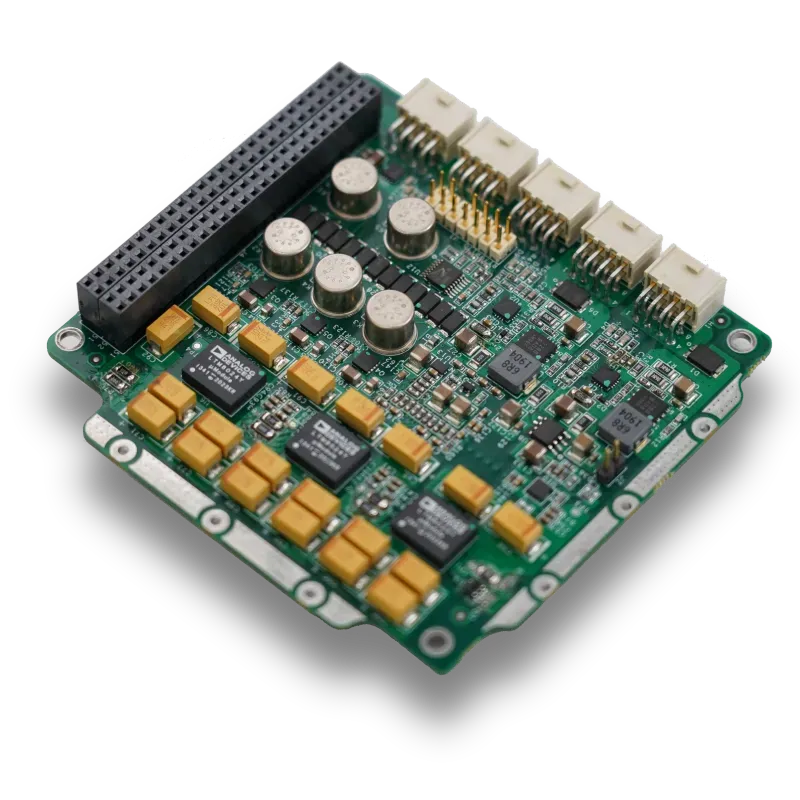
Understanding the components of a satellite communication system
The components of a satellite communication system are carefully engineered to ensure that signals are transmitted and received with minimal delay and maximum clarity. These systems generally consist of a space segment, a ground segment, and a user segment, each of which relies on specific satellite communication components. In the space segment, the satellite itself houses the communication payload, including antennas, transponders, and power regulation equipment, which are all essential components of satellite communication. The ground segment includes satellite ground station components such as tracking antennas, control software, and signal processors, which facilitate the two-way exchange of data between the satellite and Earth. In addition, the components of satellite system often integrate thermal management to prevent overheating and structural supports to protect delicate satcom components from vibration or impact. Understanding the basic components of satellite communication helps engineers design systems that meet specific requirements for bandwidth, coverage, and reliability. From the parts of satellites in orbit to the satellite ground station components on Earth, each segment must work in harmony to achieve mission goals, making integration and compatibility critical to system success.
Key cubesat components for small-scale missions
When it comes to small satellite missions, cubesat components are a fascinating area of innovation. A CubeSat typically measures 10x10x10 cm per unit (1U) and can be configured in multiples for larger payload capacity, yet despite their small size, they contain all the essential components of satellite system found in larger satellites. These include power generation systems like solar panels, attitude control units for orientation, onboard computers for processing data, and satellite communication components for sending and receiving signals. The parts of a cubesat must be designed with strict size, weight, and power constraints in mind, meaning every millimeter of space is used efficiently. In many educational and research missions, CubeSats serve as a cost-effective platform for testing new satcom components or gathering scientific data. Their parts of satellites are modular, allowing engineers to swap out or upgrade cubesat components based on mission needs. These satellites also rely on Earth-based satellite ground station components to maintain contact, download telemetry, and upload new commands. While CubeSats are less powerful than larger satellites, their flexibility and ease of integration make them an increasingly popular choice for space missions.
How satellite communication components integrate with ground operations
The successful operation of any satellite depends not only on its spaceborne satellite components but also on the integration with Earth-based infrastructure. Satellite communication components in orbit, such as antennas, receivers, and amplifiers, must be compatible with the satellite ground station components that track and communicate with them. These ground stations are equipped with large parabolic antennas, signal processing hardware, and control systems to maintain constant communication links. The parts of satellite communication include not just the transmission equipment but also the control subsystems that manage frequency allocation, error correction, and encryption. In some cases, satcom components on Earth also serve as backup systems in case a satellite experiences a temporary fault in orbit. The components of satellite communication must also withstand space radiation, vacuum conditions, and extreme temperature fluctuations, while ground station hardware must endure environmental factors such as wind, rain, and temperature changes. Understanding the basic components of satellite communication allows engineers to troubleshoot problems more effectively and ensure that both spaceborne and terrestrial systems operate in perfect synchronization. Whether dealing with large satellites or small CubeSats, the coordinated performance of the components of a satellite communication system is what ensures uninterrupted data flow and reliable global connectivity.






